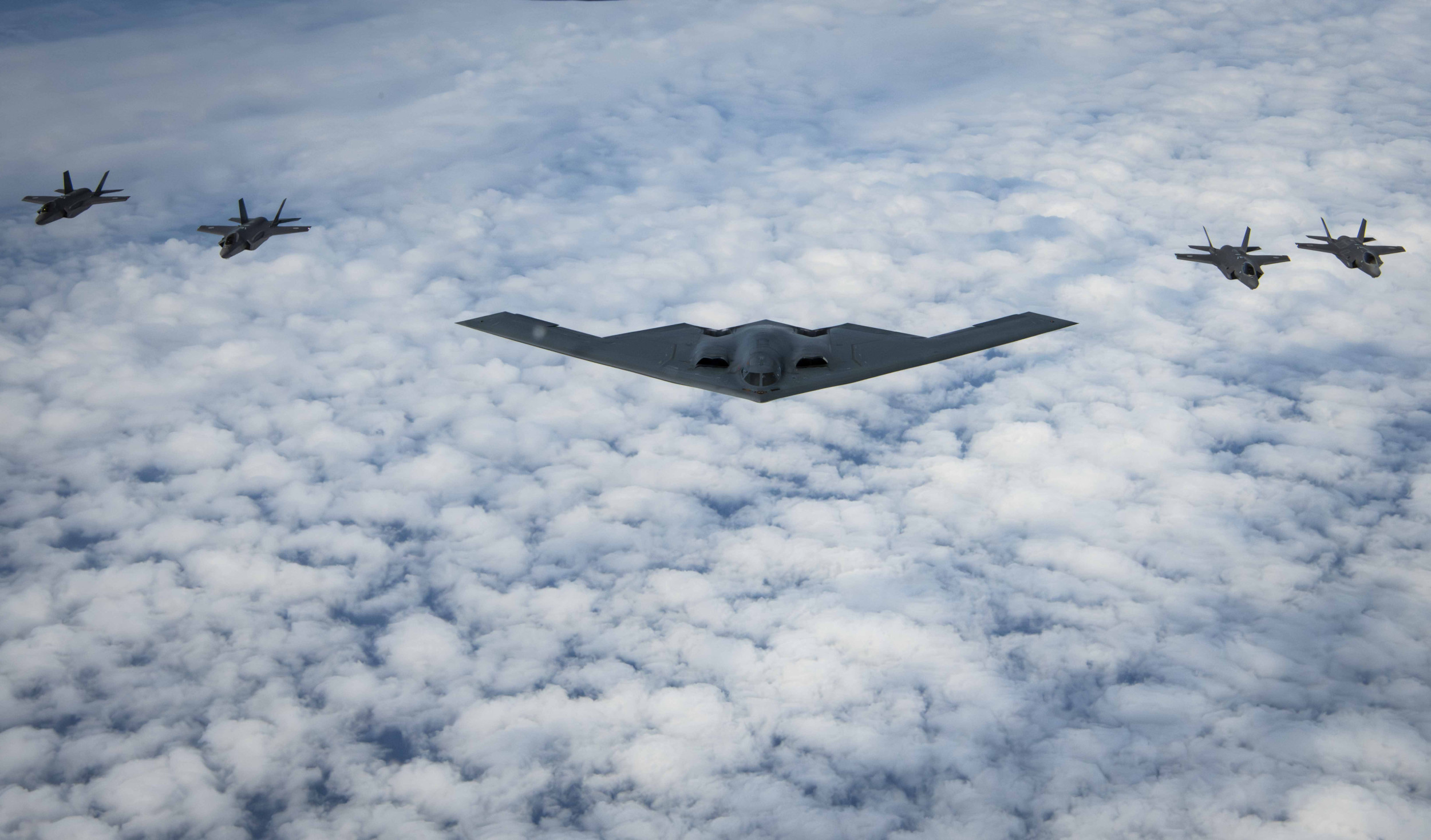In a bold display of military might, the United States and Russia kicked off a series of military exercises in Northern Europe and Northeastern Asia. From Tuesday through Thursday, both nations deployed their nuclear-capable bombers into these regions, elevating tensions and showcasing their readiness for strategic defense.
These deployments coincided with Russia’s significant military exercise known as Ocean-2024, which unfolded in its territorial waters and the Mediterranean, as well as a joint operation with China in the Far East. The White House has assured that there is no need for a shift in the military stance in light of these developments, while China has stated that the drills aim to bolster military cooperation and readiness against perceived threats.
Russian President Vladimir Putin criticized the U.S. and its allies, alleging that they are utilizing the narratives of a Russian threat and efforts to contain China as justifications to escalate military presence near Russia’s western borders, as well as in the Arctic and Asia-Pacific regions.
This series of exercises began with a collaboration that featured U.S. Air Force stealth bombers and Japan’s Air Self-Defense Force over the Pacific. Notably, an American B-2 “Spirit” bomber partnered with four Japanese F-35A “Lightning II” fighters over Japan’s eastern coast on Tuesday—a first for this particular bomber based in Australia since August.

The B-2 is a crucial asset for the U.S. Air Force, tasked with penetrating enemy air defenses to deliver both conventional and nuclear payloads. Despite having 20 stealth bombers in service, one will soon be retired following a crash in late 2022. With a maximum payload of 40,000 pounds, this aircraft can carry up to 16 nuclear gravity bombs when configured for such operations.
The B-2 bomber is designed to conduct missions globally, and during recent operations, it practiced aerial refueling, a vital capability that enhances its operational reach by minimizing ground time. The U.S. Air Force highlighted that these bombers act as a deterrent by showcasing their global operational capabilities.
Across the Atlantic, American and Russian bombers were also spotted engaging in maneuvers over Europe. On Wednesday, multiple groups of bombers from both nations were recorded in flight operations. Among them were two U.S. Air Force B-52H “Stratofortress” bombers that traversed the Atlantic and flew over NATO allies like Sweden and Poland before returning to Minot Air Force Base in North Dakota.
B-52 bombers are back over Europe. After arriving over southern Sweden – a new favorite operating area for B-52s – planes went south for operations over central Poland. Now heading back out over Baltic.
Both (60-0044 and 60-0055) are nuclear-capable (but not carrying nukes now). pic.twitter.com/dGfY8IxLtO— Hans Kristensen (@nukestrat) September 11, 2024
Though the B-52s are capable of delivering nuclear weapons, they were not carrying any during this particular mission, as noted by Hans Kristensen from the Federation of American Scientists. The Pentagon maintains a fleet of 60 bombers designed for nuclear operations, with estimates indicating that 42 are B-52s and the rest are B-2s, used for both conventional and nuclear strikes.
With a generous payload capacity of 70,000 pounds, the B-52 can launch up to 20 nuclear-tipped cruise missiles and can also carry a variety of conventional munitions. Meanwhile, the Russian military confirmed that their Tu-160 bombers, dubbed “Blackjack” by NATO, conducted operations over the Barents Sea and Norwegian Sea as part of Ocean-2024, demonstrating their capability to deploy nuclear weaponry.

During their nine-hour flight, the Russian bombers practiced striking hypothetical adversaries with cruise missiles, and they operated in strict adherence to international airspace protocols. Notably, a group of Russian military jets, including Tu-22M3 “Backfire” bombers, were detected by German Air Force fighter jets while flying over the Baltic Sea without a flight plan.
In a parallel development, on Thursday, more of these “Backfire” bombers were reported to have completed drills over the Sea of Okhotsk, simulating attacks against a group of enemy ships while being armed with missiles, enhancing their operational capabilities.

